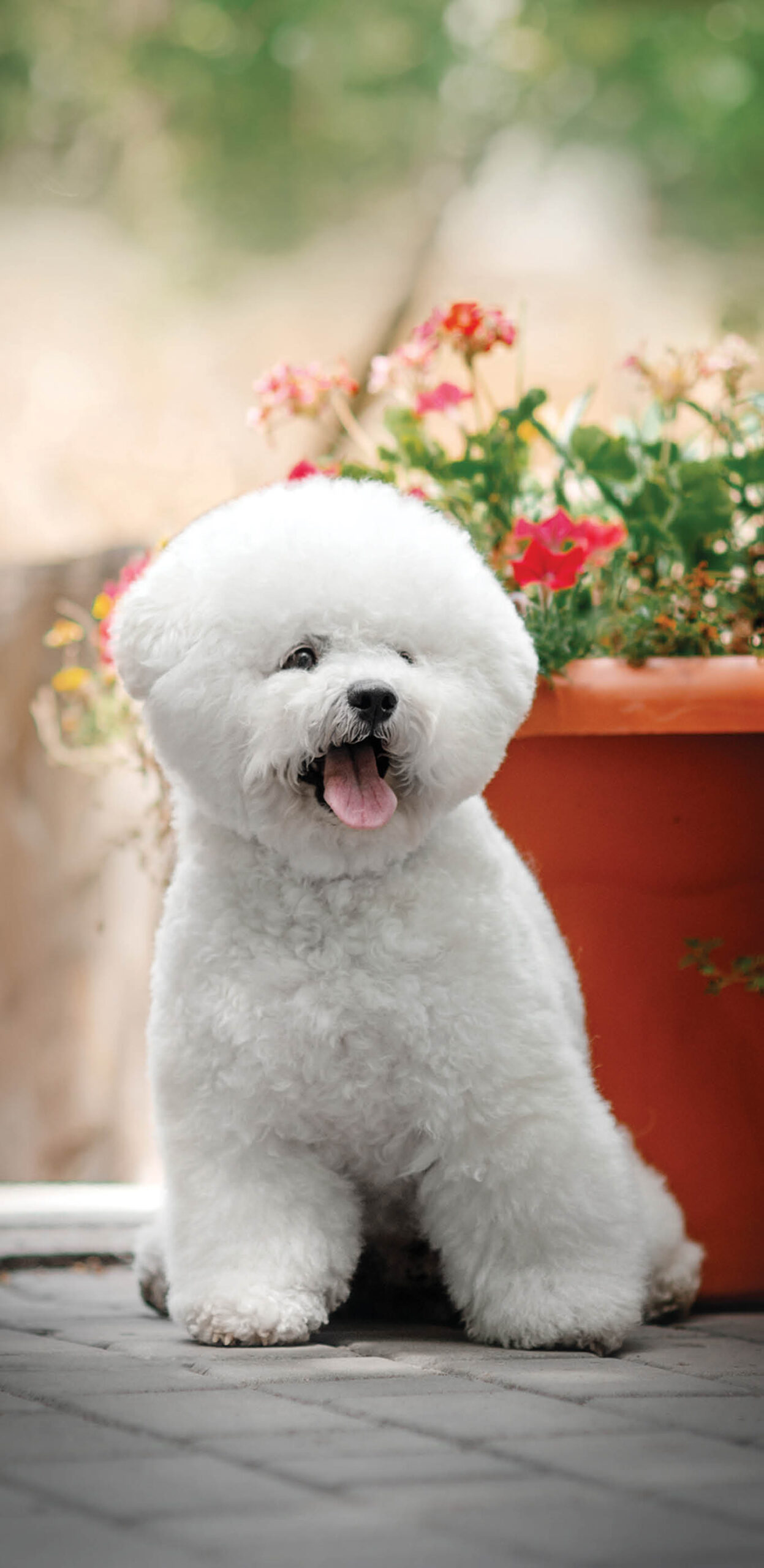

 e have all heard the label “hypoallergenic” when referring to certain dogs, but what does that really that mean?
e have all heard the label “hypoallergenic” when referring to certain dogs, but what does that really that mean?
According to the Oxford dictionary, the definition of hypoallergenic is: relatively unlikely to cause an allergic reaction. And, if you search “hypoallergenic dog” using Google, the results seem endless and the definition ranges from “non-shedding” to “more compatible to people with allergies,” which is quite broad and vague.
My mind wanted to know if there had ever been any scientific research supporting the label of hypoallergenic for dogs or different breeds of dogs. So, in my research, I found a study that had a goal of identifying “whether groupings of dog breeds based on claims of hypoallergenicity influence the accumulation of the major dog allergen, Canis familiaris 1 (Can f 1), levels in homes.” This study evaluated 190 different single-dog-family homes and testing for the Can f 1 dust.
The results from the 2011 study, written in the American Journal of Rhinology & Allergy comparing the levels of dog allergens (Can f 1) in homes with hypoallergenic dogs and non-hypoallergenic dogs,1 found that there was no difference between the two; the levels were the same. They went on to share, “There was no evidence for differential shedding of allergen by dogs grouped as hypoallergenic. Clinicians should advise patients that they cannot rely on breeds deemed to be ‘hypoallergenic’ to in fact disperse less allergen in their environment.”

Without knowing any scientific information and performing internet searches, many pet owners choose these so-called “hypoallergenic breeds” in a large part because of this label and have certain expectations from the dog that they welcome into their family. They want a non-shedding breed that has less dander and is less likely to cause an allergic reaction to people. Another reason I hear often for choosing these breeds is easy maintenance.
Maintenance is the one thing that dog owners can do to minimize the amount of allergens that are dispersed in their homes. It doesn’t just make dogs look better, smell better and prevent matting, it also cleans the dust from dogs’ skin and coat. If you can remove or prevent the dust from dogs, then there will be less dispersed in homes.
Out of the 20 or so breeds listed as hypoallergenic (this does not include doodles), ten are long-coated breeds that require a two-to-four-week grooming rotation and daily at-home grooming/brushing; six are medium-coated breeds that require a three-to-five-week grooming rotation and weekly at-home grooming to maintain their skin and coat; and four are short-coated breeds requiring a two-to-six-week grooming rotation and weekly restoration of oil to the coat. The bottom line is, all of these breeds do require regular maintenance/grooming to maintain their skin and coat health, making them not so “low maintenance” after all.
Pet owners all have hopeful expectations to share years of love, health and joy with these wonderful beings we call dogs; therefore, they set out to choose the perfect pet. To have unrealistic expectations from pets when it comes to care or skin and coat health is not fair to them or us. They are who they are, just as we are who we are. All dogs require grooming, health care and a daily hygiene routine, and when a commitment is made to meet these needs, any dog—no matter the breed—can be a hypoallergenic dog by definition. &
References:
- American Journal of Rhinology & Allergy. Dog allergen levels in homes with hypoallergenic compared with non-hypoallergenic dogs. 2011. Charlotte E. Nicholas M.P.H, Ganesa R. Wegienka PHD, Christine Cole Johnson, PHD.
Kim Kier is the owner/groomer of Little Barks Grooming & Boutique, an award-winning luxury salon in Columbia, South Carolina. She is also a Master Pet Aesthetician, Professional Grooming Credential (World Pet Association), Master Groomer Behavior Specialist, Fear Free Professional, Low Stress Handling Level Silver Certified, and Certified Puppy Consultant.

